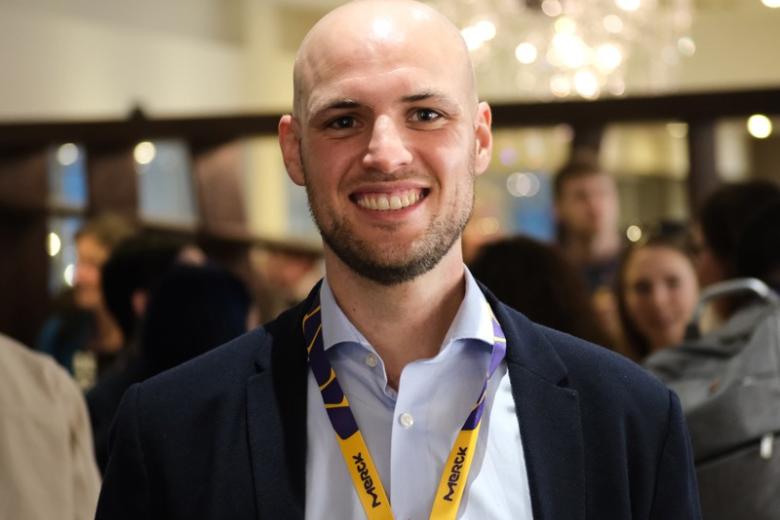Deep brain stimulation also effective for memory loss
Deep brain stimulation or DBS has been shown to be effective in treating memory loss, at least this appears to be the case in rats. The animals tested were shown to have improved memory function following intervention with DBS in an area of the brain known as the fornix. DBS is a potential future treatment option for Alzheimer’s disease. Sarah-Anna Hescham, researcher at Maastricht UMC+, was recently awarded a PhD for her research on using DBS to treat memory loss.
DBS has already been used experimentally to treat Alzheimer’s patients in Canada and Germany (Cologne). However, it was still unclear as to which mechanisms were responsible for the effect of DBS on memory; Hescham picked up that gauntlet. Her study focused entirely on which particular areas of the brain have to be stimulated in order to achieve results, and which stimulation parameters are required. This allowed the role of various brain structures to be examined in relation to memory impairment. It is also important to note that the various structures involved in memory function in the brains of rats are also present in the human brain. The researchers established, for example, that stimulation of the fornix, an area of the brain connected to the hippocampus, has a beneficial effect on memory function. They showed this by artificially inducing memory impairment in rats by administering a particular substance that allows various memory functions to be tested. The rats treated with DBS of the fornix were shown to perform better in memory function tasks than rats that had not undergone brain stimulation.
Electrodes
DBS is currently being used to treat Parkinson’s disease, various severe types of epilepsy and several psychiatric disorders such as Gilles de la Tourette and obsessive-compulsive disease. DBS involves stimulating local areas of the brain using electrical impulses. This is achieved by placing one or two electrodes in a deep-lying brain structure. Wires link these electrodes to a pulse generator (battery) in the chest. With this technique, high frequency electrical impulses are continually sent to the areas of the brain containing the electrodes. The changes this causes in the brain reduce or sometimes even eliminate shaking (tremor) in the hands of patients with Parkinson’s disease.
Alzheimer’s disease
Alzheimer’s disease is the most common type of dementia. There are currently around 140,000 Alzheimer’s patients in the Netherlands, and this number is increasing rapidly due to the fact that average life expectancy is also continuing to rise. As yet, however, no cure has been found for the disease. This means that the symptoms, such as memory loss, cannot be treated (or insufficiently well).
Sarah- Anna Hescham was awarded a PhD at Maastricht University on 15 December for her thesis entitled Novel insights towards memory restoration. As a result of her doctoral research, various scientific publications have since appeared in professional journals including Brain Stimulation and Brain, Structure and Function.
Also read
-
GROW research: all-in-one test for genetic defects in embryos🧪
Researchers at Maastricht UMC+ and GROW have developed a technique that can analyse the entire genome in a single test, allowing for faster determination of embryos suitable for successful pregnancy.

-
A breakthrough in cultured meat research-animal component free production
A breakthrough in cultured meat research-animal component free production

-
Obesity increases risk of pneumonia
Obese people run a higher risk of developing pneumonia, according to a PhD study conducted by Niki Ubags of Maastricht UMC+.
